Weekly Tech Recap - № 214 - Red Magic 3, Sea Hero Quest, RIP Anki, Samsung’s Sero and Oculus Quest
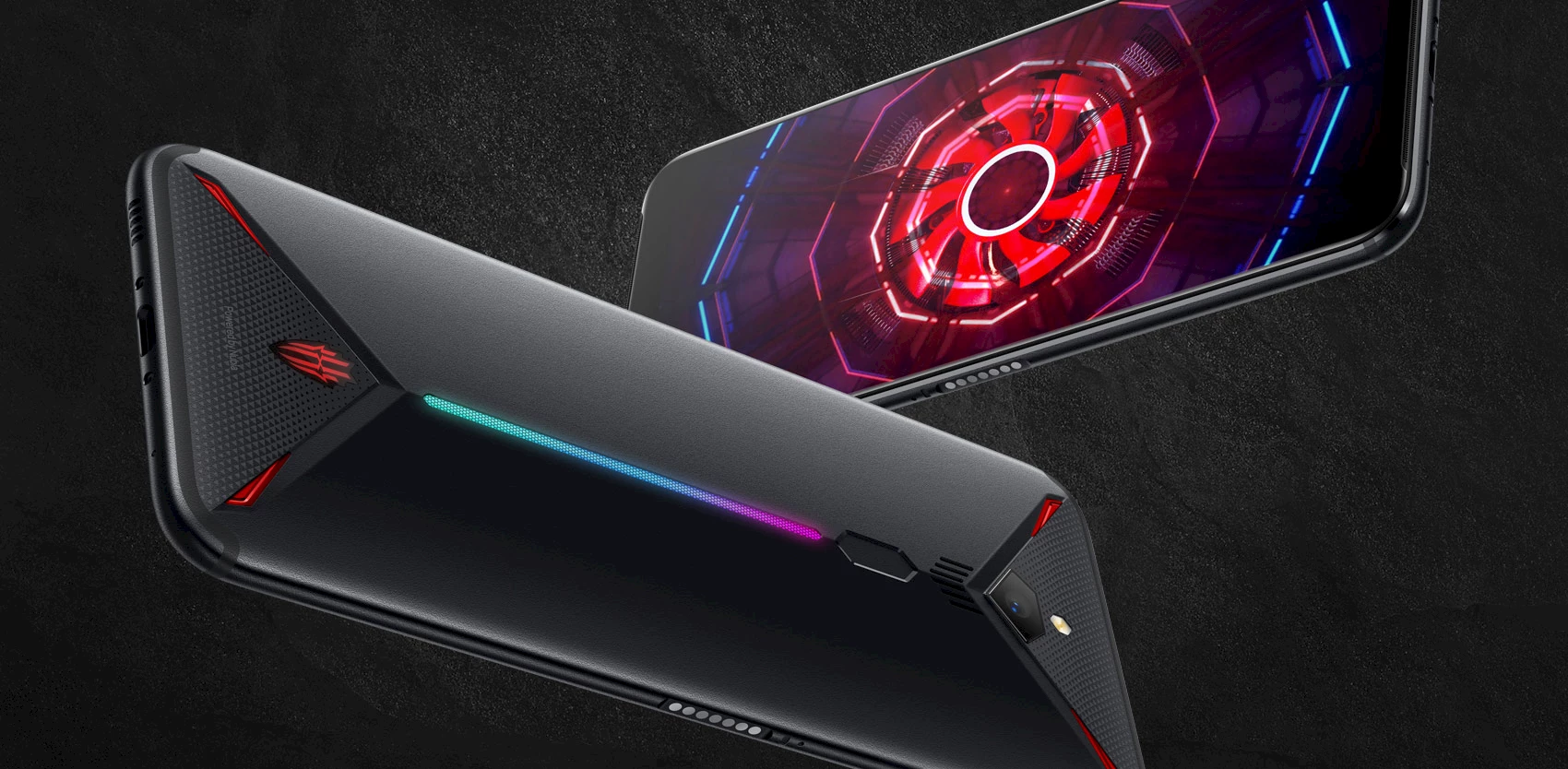
Red Magic 3, a liquid cooling phone
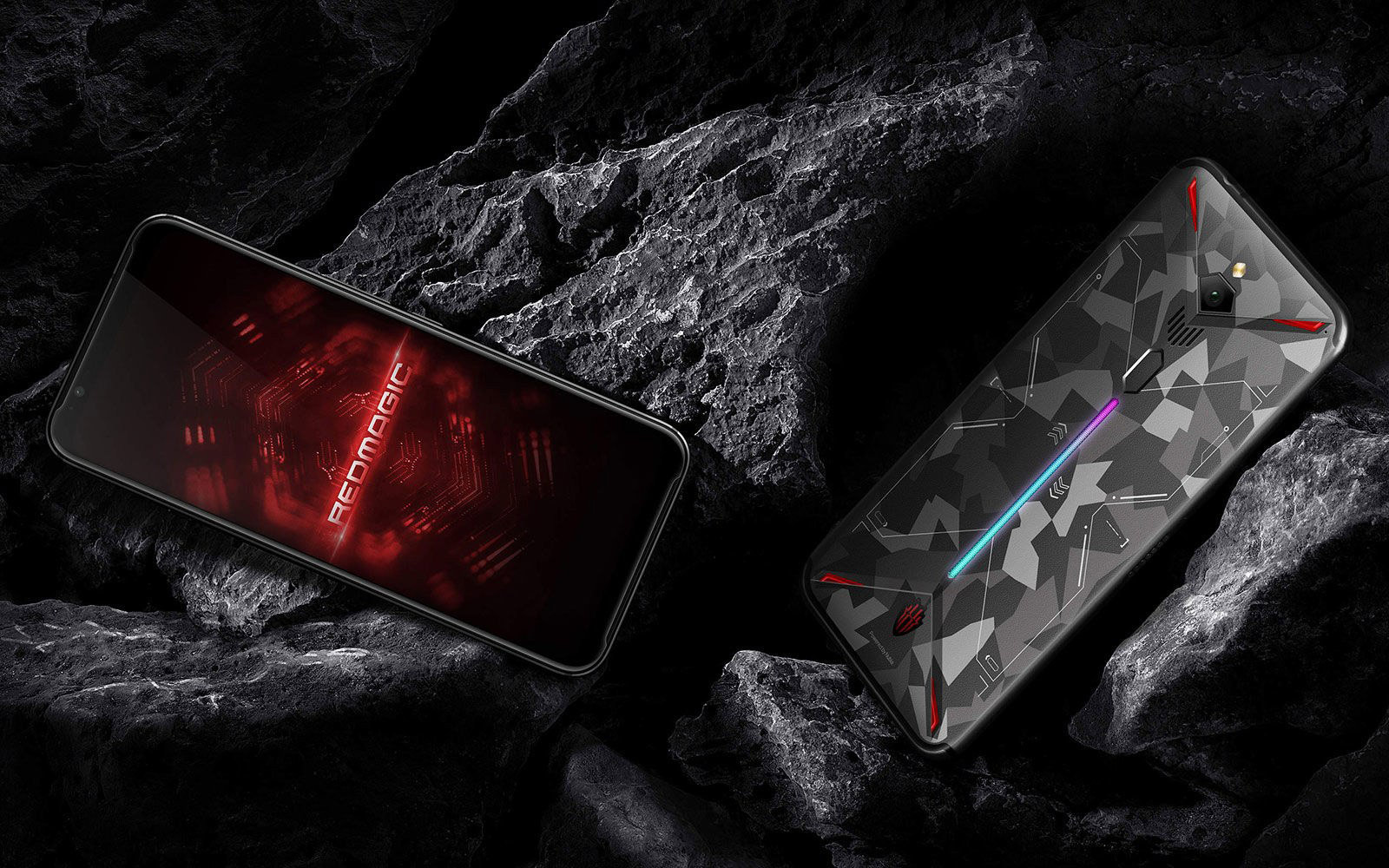
Red Magic 3. © Nubia.
Chinese manufacturer Nubia unveiled its Red Magic 3, an Android 9 phone for gamers. The device takes 48-megapixel photos, records 8K-videos, and has a super slow-motion mode of up to 1,920fps! In fact, the device works so hard that it comes with a liquid cooling system as well as an internal fan, just like a PC, which is a first for a handheld device. The phone’s other features include a Qualcomm Snapdragon 855 processor with up to 12GB of RAM and 256GB of storage, a 5,000mAh battery, a 6.65-inch FHD+ AMOLED display (1,080x2,340, HDR, 90Hz), DTS:X stereo speakers and a 3.5mm headphone jack. The Red Magic 3 launches in China on May 3rd, starting at 2,900 yuan (USD430) and maxing out at 4,300 yuan (USD640), depending on the amount of memory and storage. It’ll launch a little later in the U.S., in Canada and in Europe.
⇨ Engadget, “This gaming phone has a built-in cooling fan and can record 8K video.”
A video game to detect Alzheimer’s

Sea Hero Quest. © Deutsche Telekom.
Sea Hero Quest is a video game developed in partnership with Germany’s Deutsche Telekom, game studio Glitchers and several European universities. It is designed to identify individuals who might have early symptoms of dementia. In this mobile VR game, compatible with Samsung Gear VR and Google Daydream, players have to navigate and control a virtual boat. They are given a map and shown checkpoints, which must be memorized, since the map is taken away before they start playing, and players must navigate the checkpoints by memory. Researchers involved with the project studied people who carried the APOE4 gene, which is thought to increase that person’s risk of developing dementia, as they played the game. “We found that people with a high genetic risk, the APOE4 carriers, performed worse on spatial navigation tasks. They took less efficient routes to checkpoint goals,” said professor Michael Hornberger, a member of the team.
⇨ Kotaku, “A video game developed to detect Alzheimer’s disease seems to be working.”
RIP, Cozmo and Vector
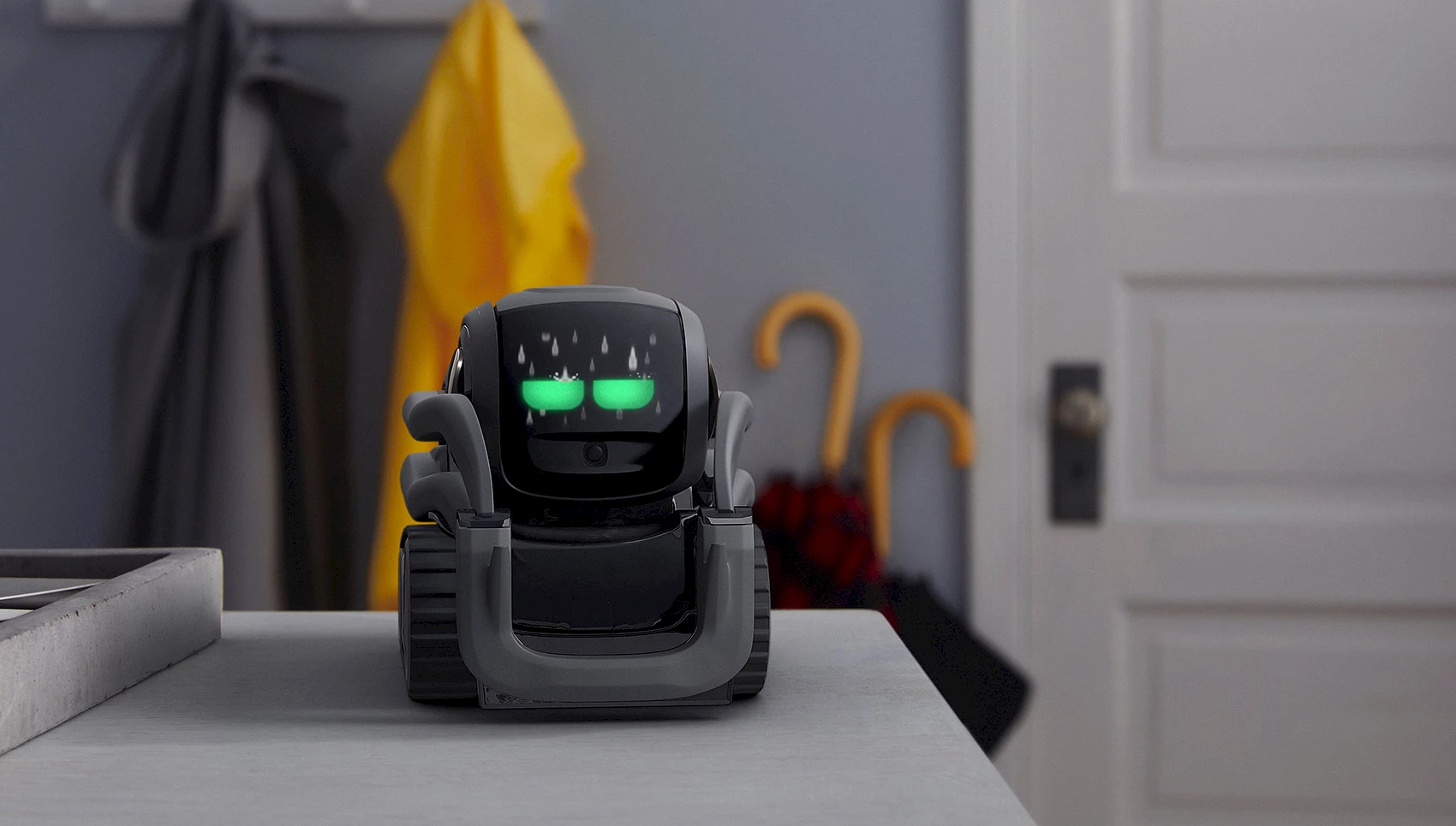
Vector. © Anki.
Sad new for the techno gadget world: Anki, the creator of the adorable miniature robots Cozmo and Vector, is closing shop, laying off some 200 employees. The reason given by Boris Sofman, CEO of the San Francisco-based company, is the failure of the latest round of financing. Anki had already raised 180 million dollars in venture capital. This failure could imperil the lives of robots that have already been homed, since many of their functions, such as Vector’s vocal recognition, are managed on the cloud by servers payed for by Anki. Anki owners can only hope that a company like Google or Amazon will snap up the technology.
⇨ Recode, “The once-hot robotics startup Anki is shutting down after raising more than $200 million.”
Sero, Samsung’s vertical TV
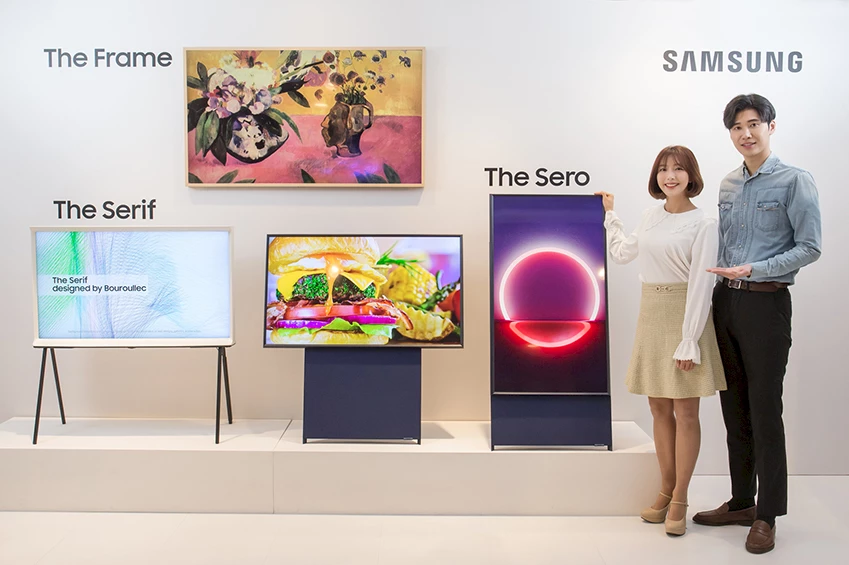
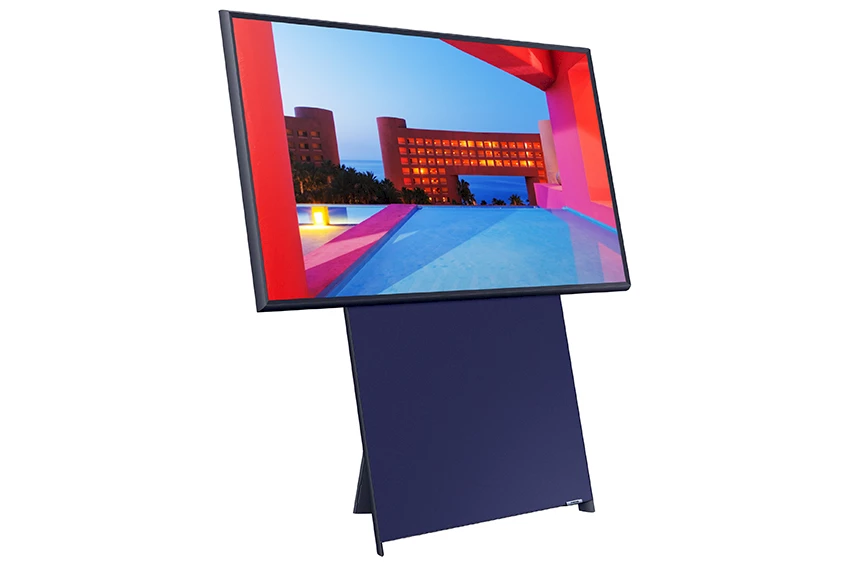
Sero TV. © Samsung.
Samsung has unveiled a rotating 43-inch TV that works vertically, allowing millenials to watch their vertically-filmed videos on the largest surface possible. The screen swings from portrait to landscape on inclined navy-blue stand. The company intends to sell the Sero for 1.89 million won (USD1,620) in South Korea at the end of May. It also revealed the Serif, a futuristic-looking white TV mounted on a slim easel-like stand, designed by Parisian studio Bouroullec. Finally, it also launched the Frame which, as its name suggests, is framed, and mounts on the wall. Just like other Samsung TVs, these sets have an “ambiant” mode, displaying images, photos and clocks when not in use.
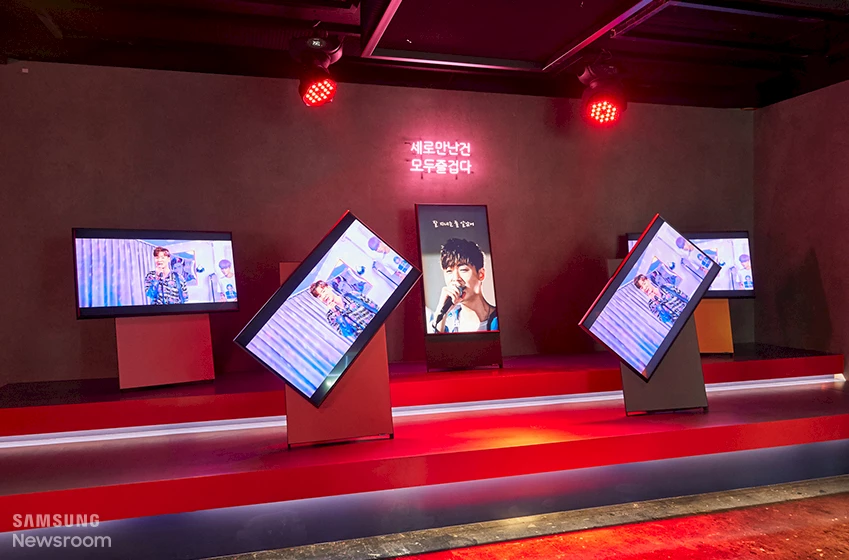
⇨ Ars Technica, “Samsung built a vertical TV for (who else?) the millennials.”
Oculus Quest
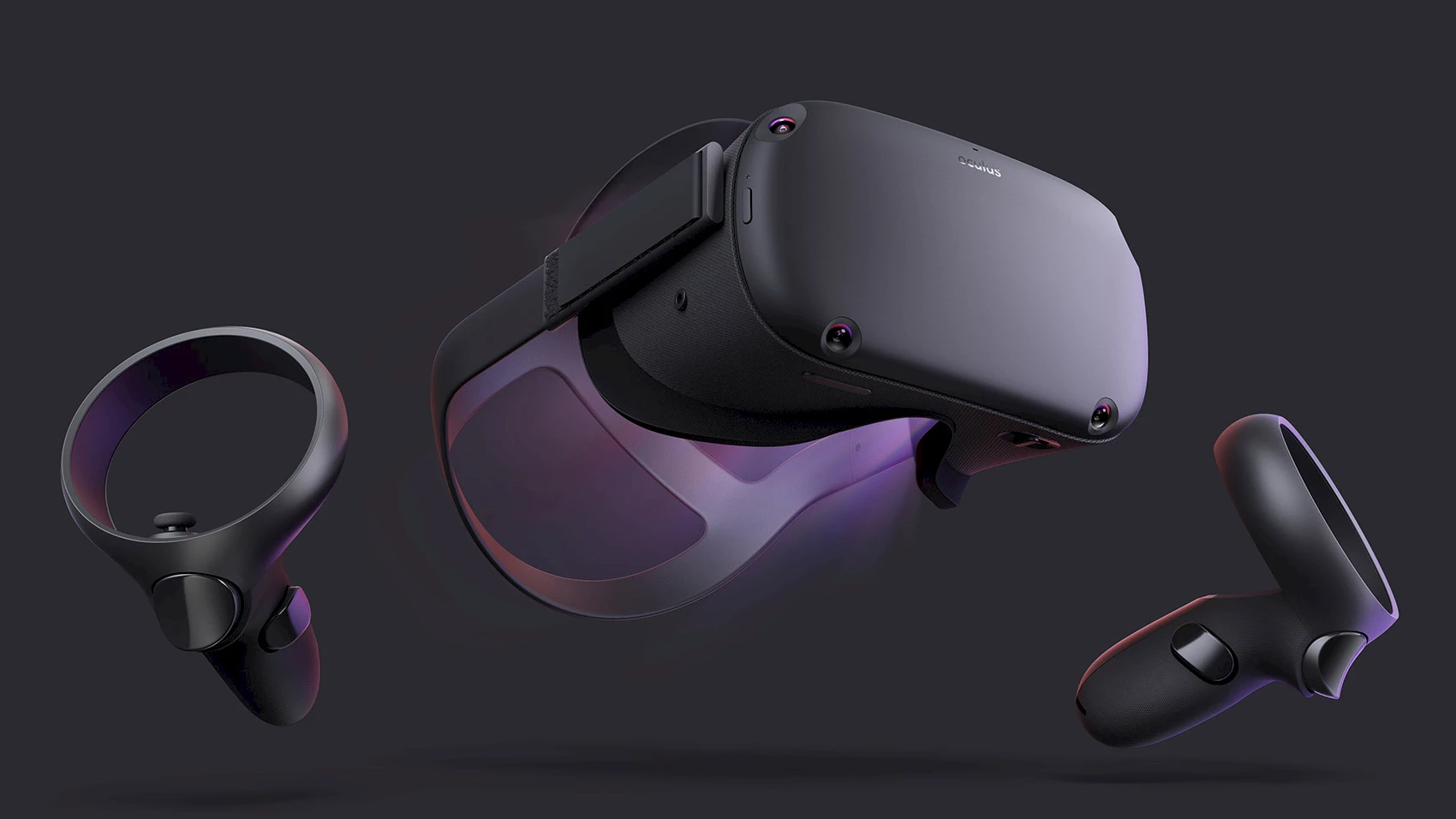
Oculus Quest. © Facebook.
Virtual reality headsets like the Oculus Rift and the HTC Vive need to be tethered to powerful PCs, while mobile-phone VR is skinny and far less immersive. But Facebook’s new Oculus Quest seems to the best solution available, at a (relatively) reasonable price to boot. The Oculus Quest is completely autonomous and wireless, which means that it doesn’t have to be connected to a PC or a smartphone to work. The headset weighs 870g, or about 100g more than the Oculus Rift, the Oculus Go and the HTC Vive, which is still acceptable. The OLED display has a resolution of 2,880x1,600 (1,440x1,600 per eye), which is better than the Rift (1,080x1,200) and the Go (1,280x1,440). Under the hood is a Qualcomm Snapdragon 835, 4GB of RAM and 64GB of non-extensible storage. It provides 2 to 3 hours of autonomous gaming. The Oculus Quest will be available as of May 21 for USD400, and can already be pre-ordered.
⇨ Ars Technica, “Oculus Quest review: 2019’s best new gaming system is wireless, affordable VR.”
⇨ Mashable, “Oculus Quest review: A new milestone for VR.”
